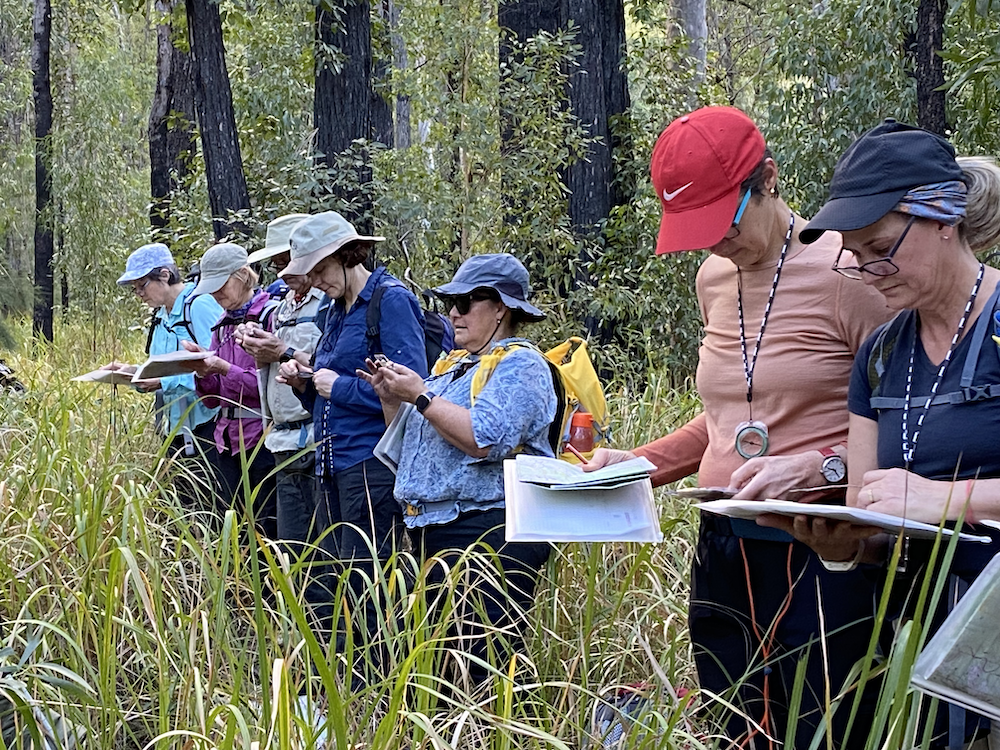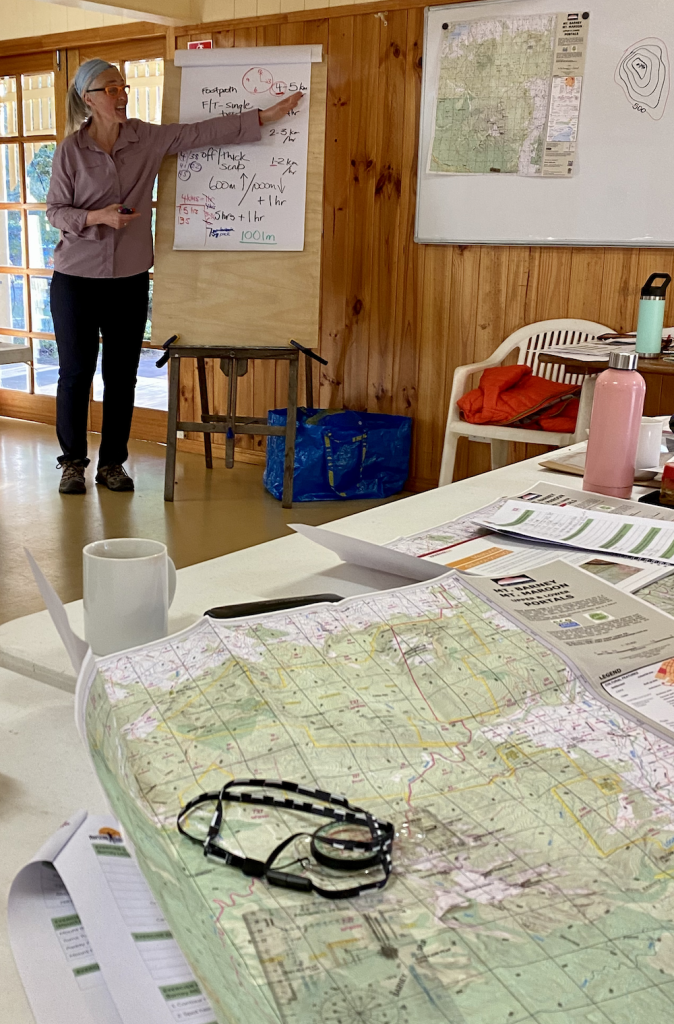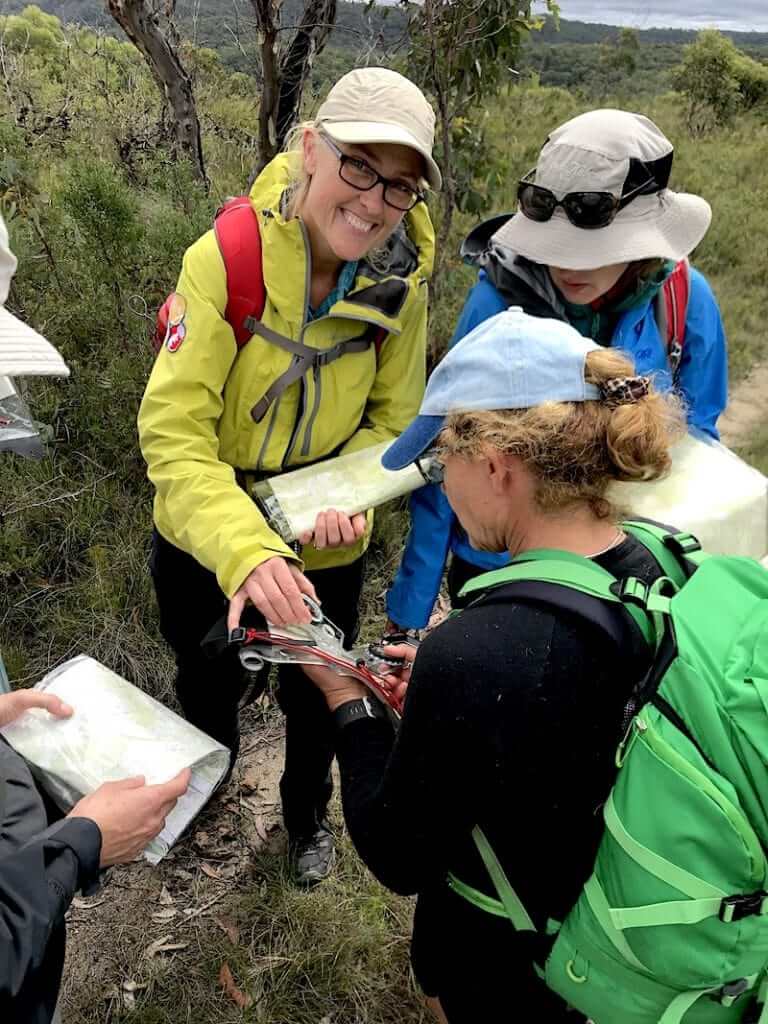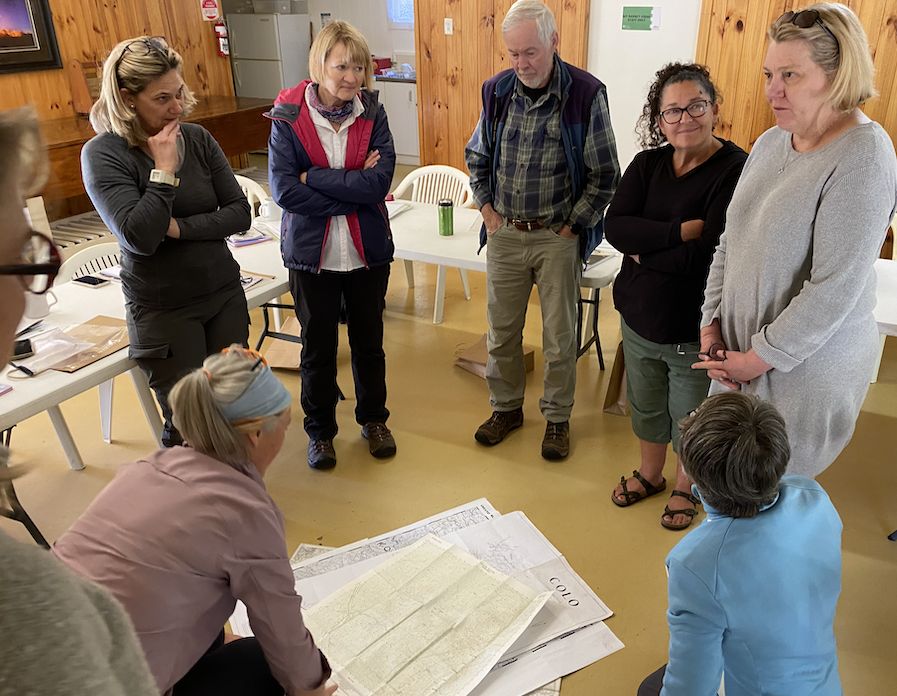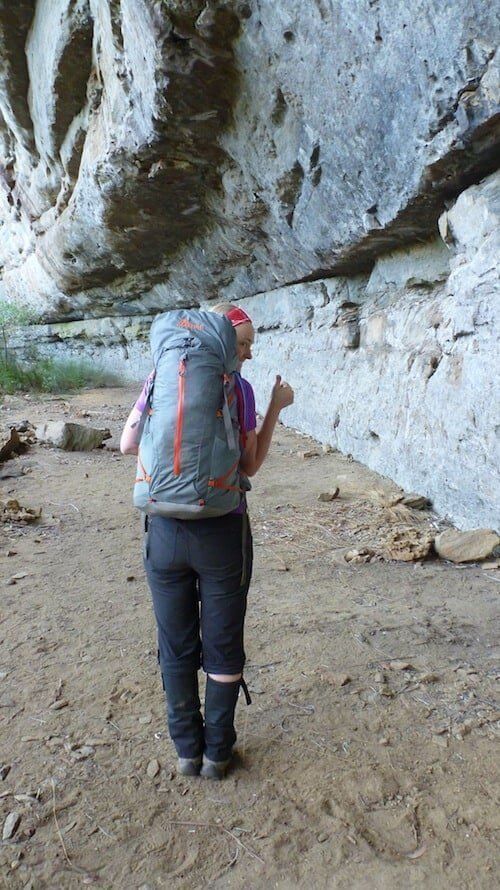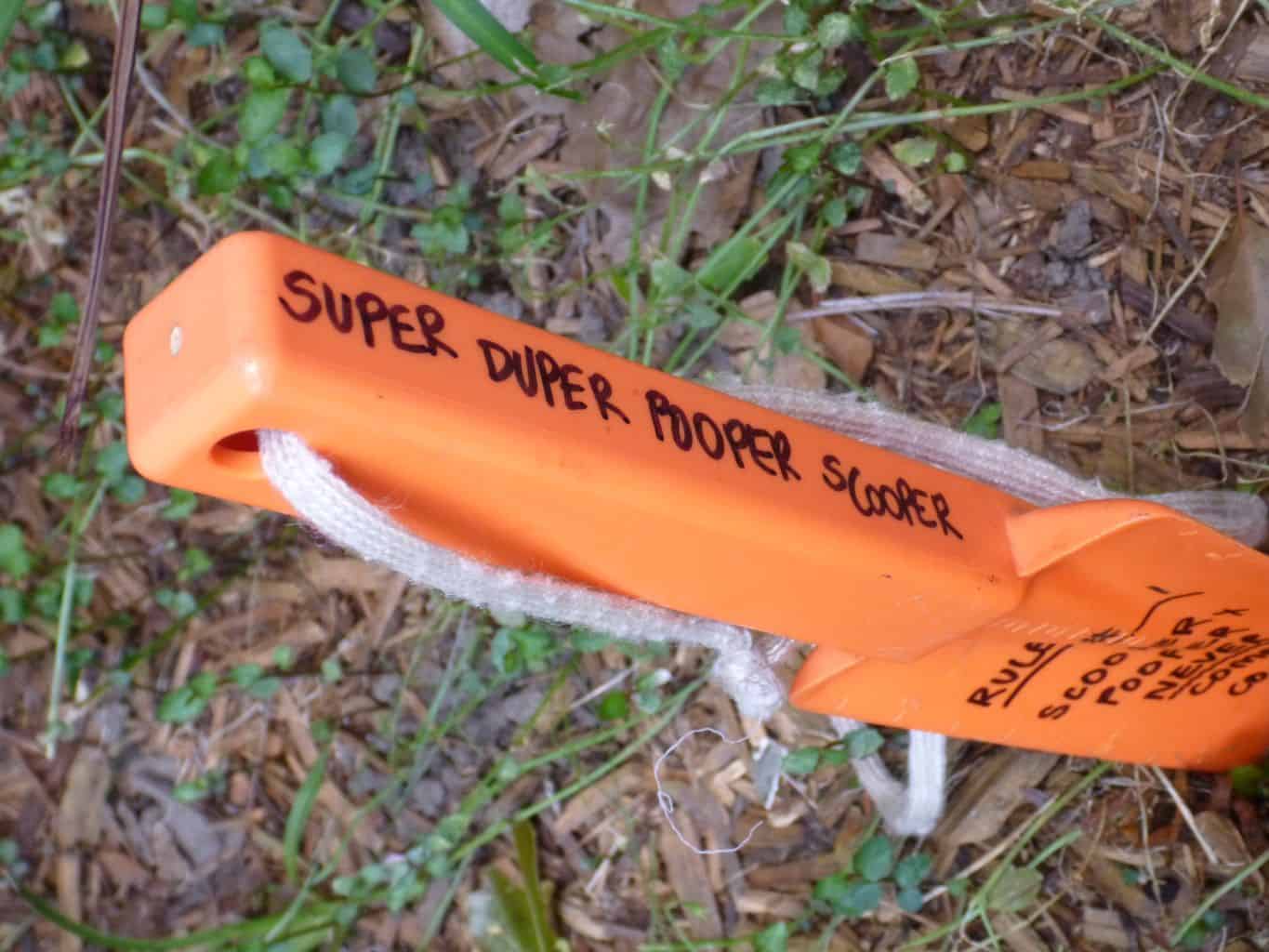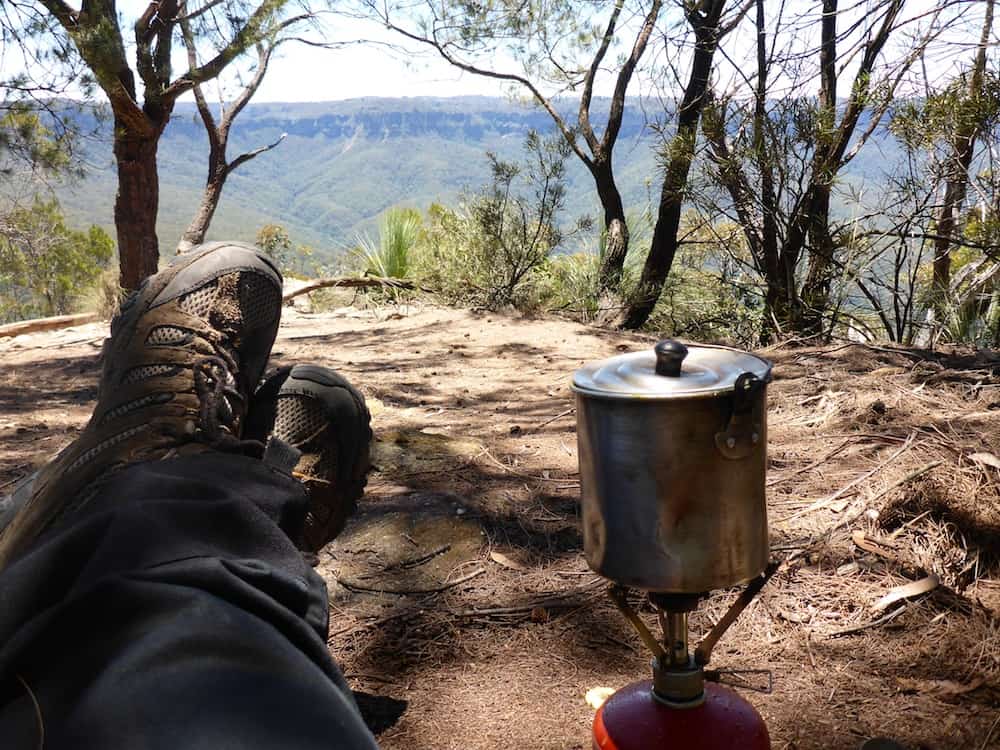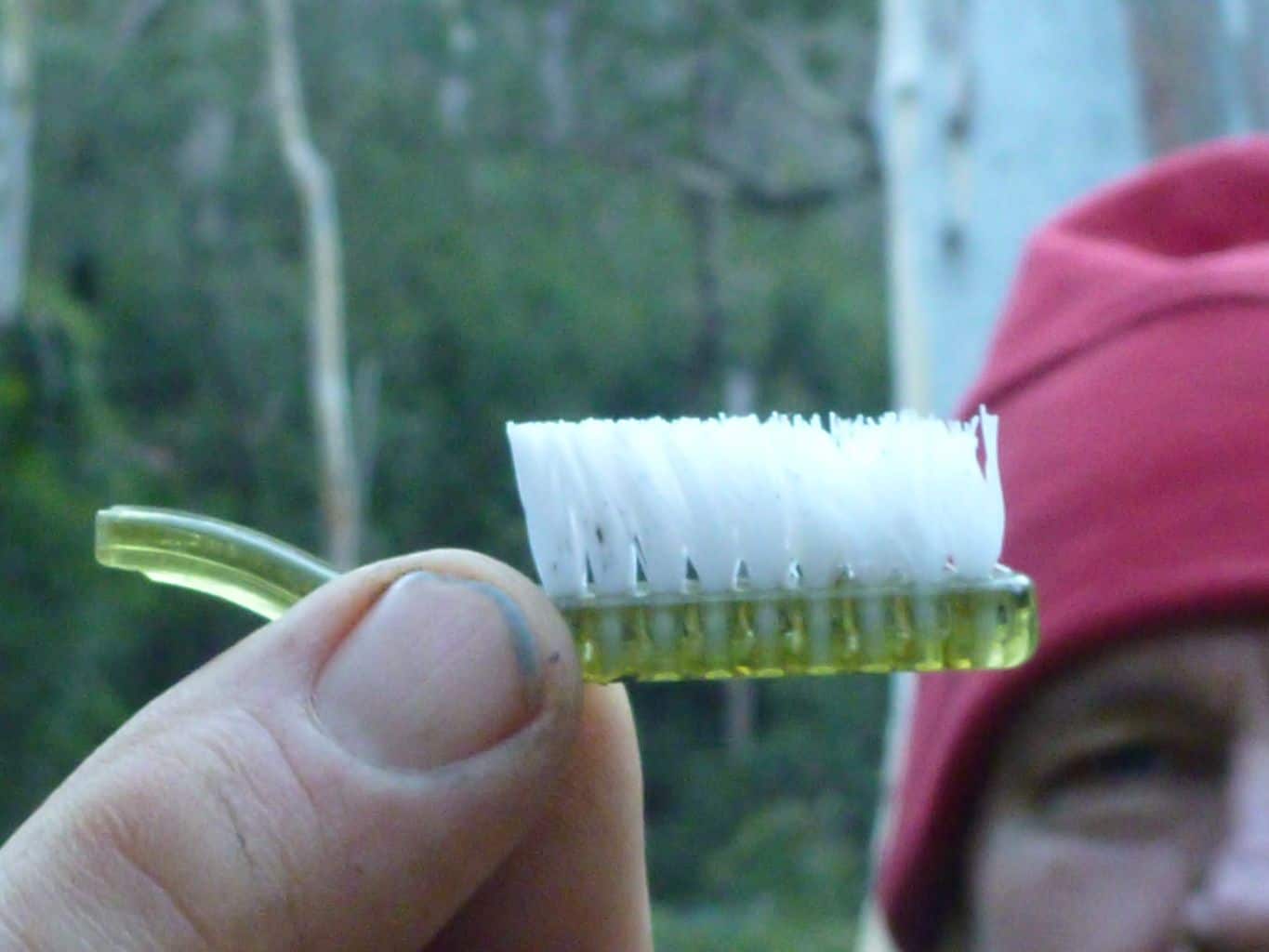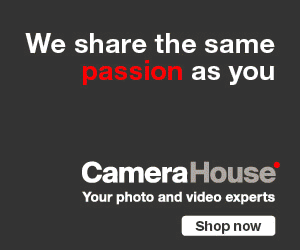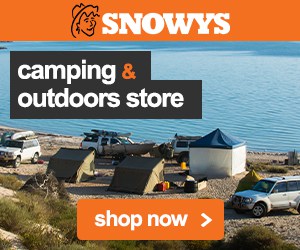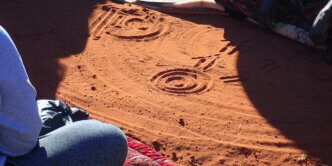- Map and compass navigation course
- Why should I learn to navigate?
- Barriers to learning to navigate
- Yay! I'm teaching a navigation course
- Small Group Sizes
- What you'll learn
- Who is this course for?
- Where to stay?
- Course Dates
- Cost & inclusions - Intro to Navigation Level 1
- Intro to Navigation RETREAT
Map and compass navigation course
One of the biggest changes to my bushwalking and hiking experience came when I finally learned how to navigate with a map and compass.
It wasn’t just about the theory of how to take bearings or even understanding how to read a topographic map, it was when the lights started going on and everything started making sense.
It was a bit like when you learn to drive a car. At first, everything is new as you learn how to control the car, read the conditions and juggle the pedals. But once you’ve got the basics down and start the hours of practice, moving from L plates to P plates, that things start to fall into place, become more natural and importantly, you don’t have to rely on Mum and Dad to get you from A to B. You are the driver.
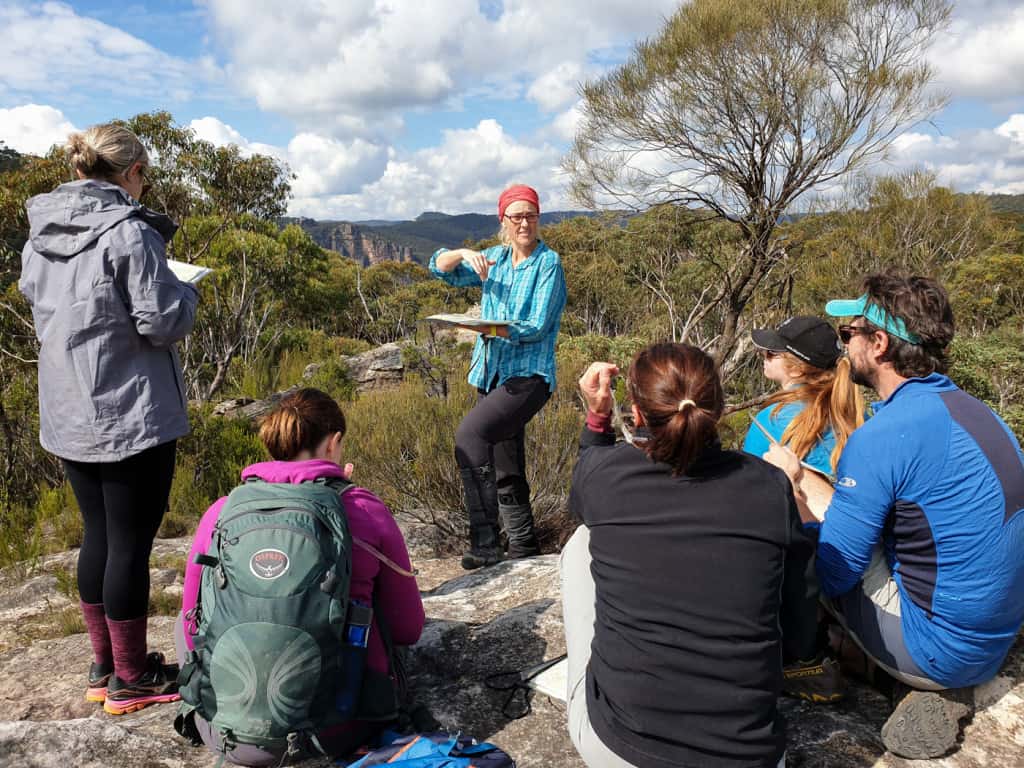
Why should I learn to navigate?
It’s pretty easy to head out on an adventure when you just follow along behind a leader. Chitty chatting, looking at the views and not really paying attention to the terrain, distance or where you are – you’re an observer in the experience. That’s fine if that’s all you want to do, but what if you became an active participant? What if you could start planning your own trips, bringing others with you or even offering assistance and help when a leader or navigator gets lost, injured or just a bit navigationally challenged?
What if you built your confidence to ask the right questions, make good judgements or were able to look at a planned route and decide if it was going to be too hard (or easy) for you? What if you could always answer the question, ‘How much further is it’? ‘How long until we get to camp/river/pub?’ and importantly, ‘Where the (bloody) hell are ya?’
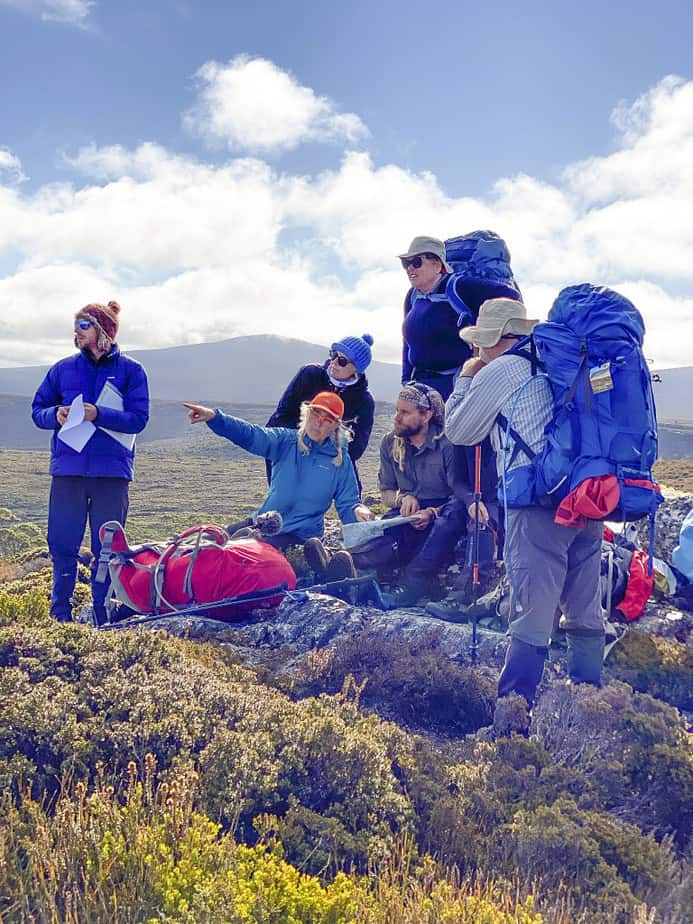
Barriers to learning to navigate
A big part of what stops many people from taking the reigns and learning to navigate is fear of getting lost and perhaps bad experiences in the past where well-meaning people have taken over and perhaps not provided a supportive environment for learning.
If you’re used to going bushwalking with confident people, in clubs or groups, sometimes it can be hard to get someone to teach you, really teach you, navigation.
Yay! I’m teaching a navigation course
I loved teaching navigation to kids in the Duke of Edinburgh scheme – watching the aha moment as things started to make sense. I’m now stoked to be able to teach grown-ups and see those same aha moments and confidence build as competency grows!
I’ve been leading and guiding trips for over 22 years and have been a volunteer with Bush Search and Rescue for 20 years, where I’m now a Search Commander and Team Leader. Needless to say, I’m passionate about connecting people to nature in meaningful ways, that not only keep them safe, but our precious wild places safe too.
Small Group Sizes
To maximise learning opportunities and to give everyone the chance to get the most out of the courses, most of my group sizes are kept to 8-10 people. Ah… nice and small! There are loads of benefits to this, such as minimising our impact when walking off-track and providing an inclusive, supportive learning environment.
What you’ll learn
Over two jam-packed days, you’ll learn the foundations of navigating with a map and compass for tracked and untracked areas. Topics will include:
- Reading, understanding (and falling in love with) topographic maps
- Learning to ‘read the ground’
- Demystifying stuff like datums, projections, scales, declination and the ‘3 different norths’
- Becoming best friends with your compass and learning how to use it
- Route planning and finding
- Taking bearings
- How to figure out where you are
- Estimating time and distance
All of this is backed up with practical exercises and workshops in the field. We’ll also briefly touch on:
- Lat Long (Latitude Longitude)
- Smartphone apps and GPS for navigation and hiking
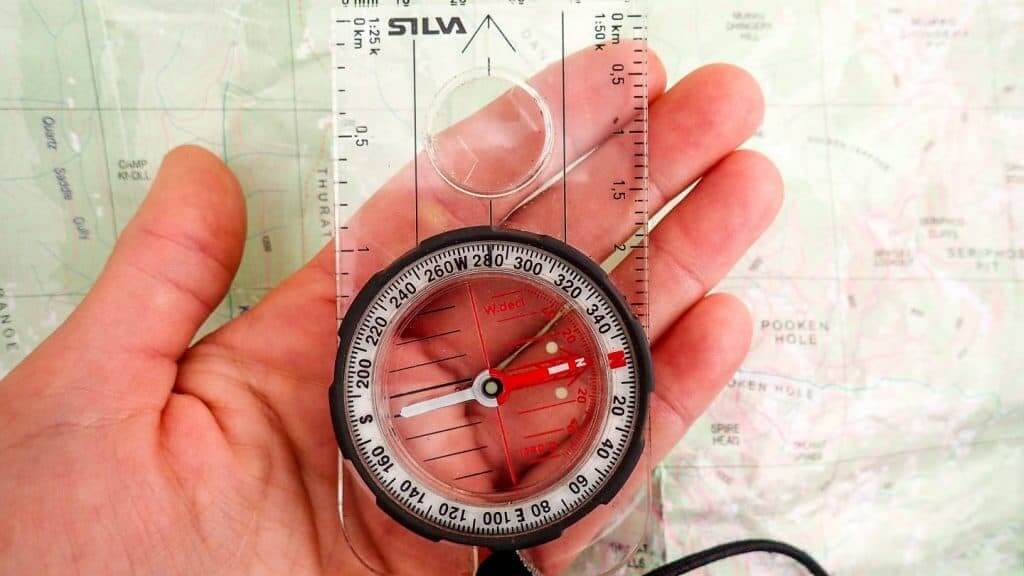
Who is this course for?
We are going to start at the very beginning and not assume any prior knowledge, so don’t feel that you’ll be ‘the dumb one’, ‘or holding everyone up’.
This navigation course is all about the fundamentals and giving you all the tools and theory you need to go out and practice, practice, practice so that you can become more confident in the bush.
So if you’ve never done any map and compass navigation before, or have done some and forgotten it, this course is for you and applicable for:
- Bushwalking and hiking
- Canyoning
- Rock Climbing
- Adventure Racing
- Rogaining and orienteering
- Ecological surveys
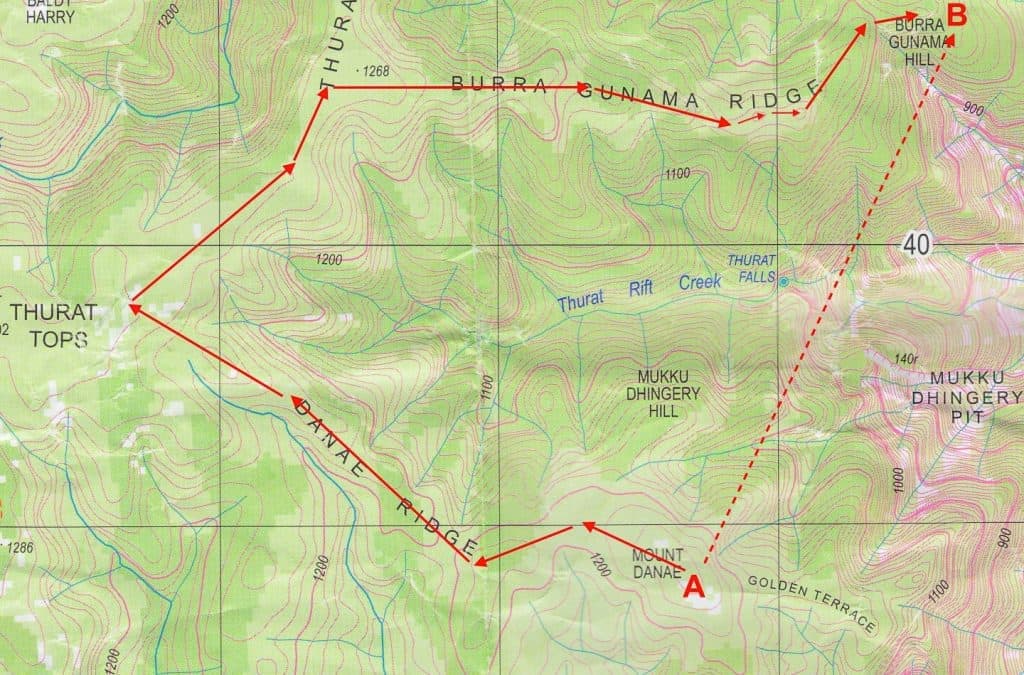
Where to stay?
It’s a two-day course, so unless you’re a local, you’ll need to find somewhere to kip down for the night.
Thankfully, Blackheath and the upper Blue Mountains offer a wide variety of accommodation options from camping to Youth Hostels to 5 star and boutique hotels. There’s even a cosy pub or two. We can provide you with our list of recommended options upon booking.
Course Dates
| Navigation – Level 2 | 24 – 25 May 2025 | Blue Mountains, NSW | BOOK NOW |
| Intro to Navigation – Level 1 | 5 – 6 July 2025 | Scenic Rim, QLD | BOOK NOW |
| Intro to Navigation – Level 1 | 26 – 27 July 2025 | Gariwerd/Grampians, VIC | BOOK NOW |
| Intro to Navigation – Level 1 (Women/Trans only) | 2 – 3 Aug 2025 | Blue Mountains, NSW | SOLD OUT |
| Intro to Navigation – Level 1 | 13 – 14 Sep 2025 | Blue Mountains, NSW | SOLD OUT |
| Intro to Navigation RETREAT (4 day) | 26 – 29 Sep 2025 | Gariwerd/Grampians, VIC | BOOK NOW |
| Intro to Navigation – Level 1 | 29 – 30 Nov 2025 | Blue Mountains, NSW | BOOK NOW |
Cost & inclusions – Intro to Navigation Level 1
I live in the Blue Mountains, so the cost of these courses are cheaper than other locations, which allow for my travel, accommodation and associated costs like classroom hire.
Blue Mountains, NSW = $550
Gariwerd/Grampians, Victoria = $675
Scenic Rim, QLD = $695
As part of the course we include:
- Lunch on both days
- Full topographic map printed on water-resistant paper (to keep)
- New Silva Ranger compass (to keep)
- “How to Navigate” book by Caro Ryan (RRP $34.95)
- Group First Aid Kit
- Map romer
- plus a few surprise extras on the day… think of them as ‘navigation fries with that’.
*Level 2 Navigation includes self-supported car-camping overnight with Caro, with a pre-requisite of Intro to Navigation (level 1) course, or equivalent. Check out more details here.
Intro to Navigation RETREAT
Introduction to Navigation RETREATS run for 3-4 days and may/may not include accommodation, meals, transfers and a more immersive experience. Check out the booking link for the full itinerary and inclusions.
Think of them as a Navigation Getaway (or a bit of a holiday) that allows you to focus on learning with the standard 2 day course content, loaded with spending more time in nature with Caro and practising new skills.

